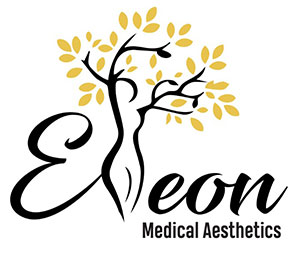PRP Facelift
The PRP facelift is a non-surgical treatment that mimics the young, rejuvenating benefits of a facelift.
This is a cosmetic procedure that uses your blood to fight signs of aging potential. After drawing the patient’s blood from their arm, medical professionals will use a centrifuge (a machine for separating fluids by density) to separate platelets and inject them with hyaluronic acid filler like Juvéderm. It may be used on individuals of any age without danger, but if you are allergic to specific substances, make sure you know what they all include before going through this procedure!

